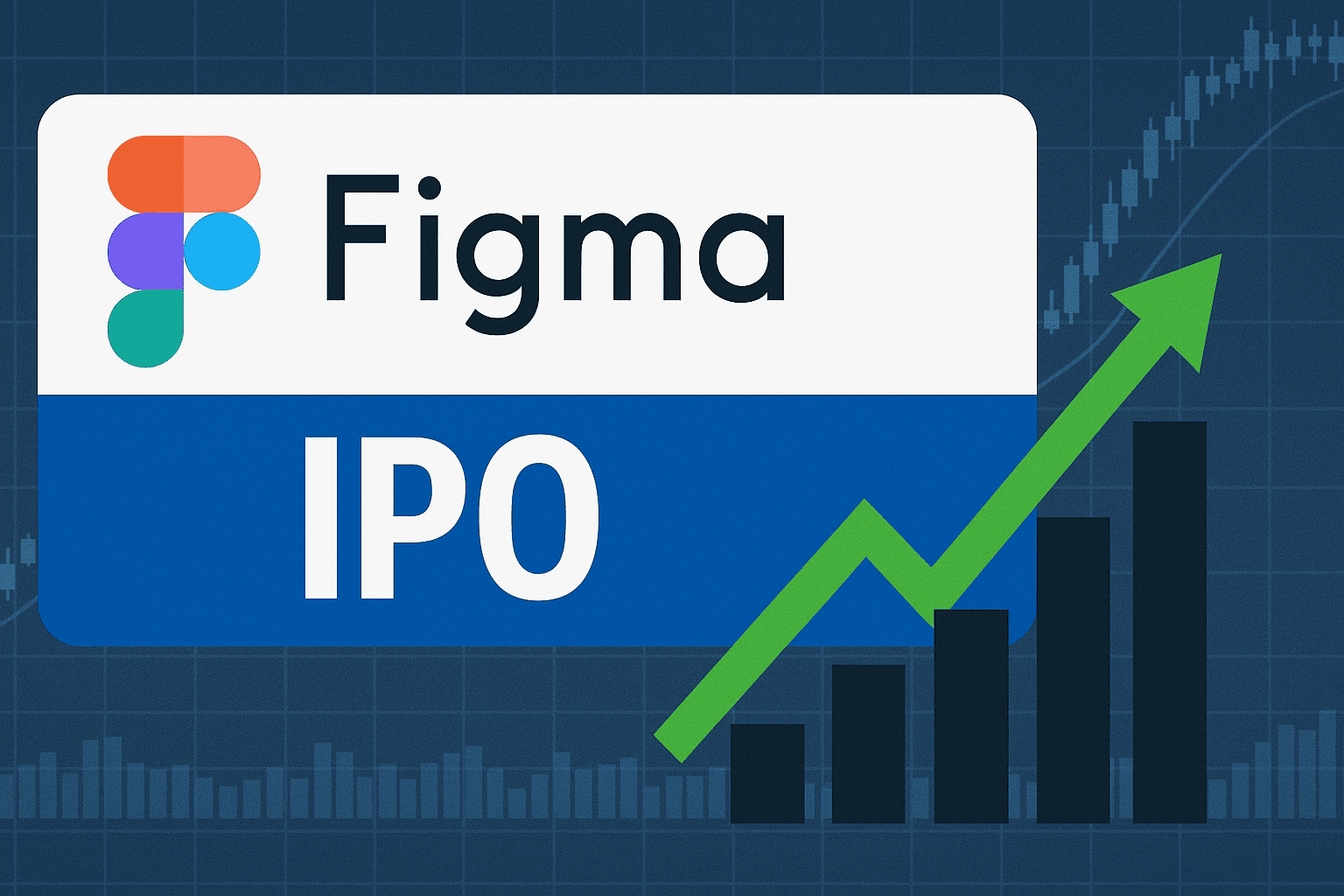Maybe you’re beginning a web design firm? Perhaps you’re a freelance accountant? Whatever the case may be, you’re starting a B2B business.
But in order to thrive as a B2B business, you need to understand the B2B buying process. That’s why you’ve arrived here: you’re looking for information on the matter. Fortunately, we can provide it to you.
Without further ado, here’s everything you need to know about B2B sales.
The Facets of the B2B Buying Process
The B2B buying process is broken down into a few key facets. Focusing on these facets individually will give you the best chance at converting sales in both the short-term and the long-run. They include the following:
Identifying a Problem
The first step in the B2B buying process is identifying a problem. The identification of this problem prompts a need for a specific product or service. This product or service– whatever it may turn out to be — will eventually go on to solve the problem.
For instance, a business might identify that it’s lacking exposure online. This lack of exposure is the problem that needs solving.
Looking for Starting Information
Once the initial problem has been identified, the business will start looking for information pertaining to the problem. This information will lead the business to potential solutions.
In keeping with the ‘lack of online exposure’ example that we reviewed above, the business might Google something to the effect of “how to get more business exposure online”. The business might even search for information on the ramifications of failing to get further exposure online. This is an educational facet for the business.
Comparing Potential Solutions
Now that the business has read up on the specifics of its problem, it’s going to start finding and comparing potential solutions to that problem. Using our above-reviewed example, the business might seek out various digital marketing agencies in its area. Once it has compiled a shortlist of candidates, it will likely compare the candidates against one another, using that comparison to make an educated choice.
Solidifying the Transaction
Next, the business will choose one of the solutions (like the one provided at https://b2bbeast.com/industries/, for example). Then, it will discuss specifics with the provider of that solution, essentially negotiating a working contract.
Using our example of digital marketing, the business might hammer down specifics on an hourly rate or deliverables.
Facilitating an Ongoing Relationship
The transaction has been made and the business relationship has begun. However, it won’t soon be ending. B2B relationships are different from B2C relationships in that they’re typically ongoing. These relationships result not only in further transactions but in alternative business relationships and business support relationships as well.
As a B2B seller, you need to keep lines of communication open. Losing communication with a former client could cause your business impairment in the long run.
Looking for More Business Information?
Now that you’ve learned about the B2B buying process, you might be searching for further business info? If so, you’re in the right place. Our website has all the information you need.
Check out our other articles now!




